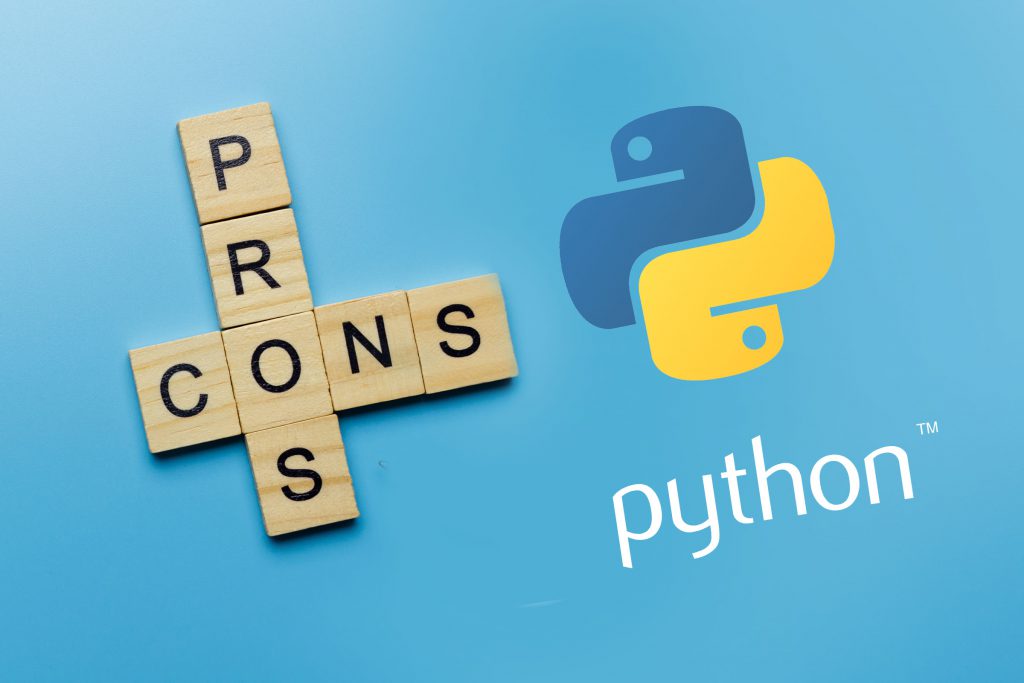The world of technology, coding, and computer programming can be exceptionally overwhelming, even to those who claim they love a bit of IT. One such subject that some may want to investigate and deepen their knowledge of is Python – what it is, along with what’s great, and what’s not so great about it.
Here, we look at the pros and cons of the Python language so that you can ascertain whether it’s for you. If Python seems right for you when it comes to developing your app or software, you should then look for helpful information for finding the right Python developers.
What Is Python?
First things first, what is Python? Python’s website describes it as an interpreted, object-oriented, high-level programming language with dynamic semantics. What does that mean? In short, Python is a means of designing and developing desktop and web applications. It is a very popular programming language used to create complex applications that can help support data analysis. This is why Python and data science industry professionals are often a good fit.
Advantages of Python Language
One of the main advantages that many users of Python proclaim is that it is easy to use in comparison to other programming languages. One reason for this is that a significant piece of the programming is written in a manner similar to English. As a result, it is common for even novice programmers to read, write and understand Python coding far more quickly than more complex programming languages. There is also a major time-savings factor because Python requires writing fewer lines of coding than is necessary with other programming languages.
With time saving, come enhanced efficiency and a more productive way of working. Python helps exaggerate those efficiencies even further because it is so easy to use. Additionally, if an issue does arise with how some of the code has been written, the easy to understand language makes it far easier to rectify. The result is that debugging is quicker and does not slow down the process of ensuring that code is as streamlined as it needs to be.
It’s also important to note that Python has an open-source license. This characteristic sets it apart from many of its competitors as, in practice, it means that it is free to use and can be distributed as required. Users can therefore adapt Python code and then implement it wherever it is required. This saves time and money for the many companies who rely on their own version of Python.
A practical advantage is that Python code only has to be written once for it to be used anywhere – regardless of the platform it’s deployed on. Some programming languages do not offer that ability and instead, coders have to rewrite or modify code for a program to work across all the platforms required.
Finally, Python can be advantageous for users who have in the past had to depend on external libraries. Python comes with a vast standard library making it likely that the function you need will be available. The ease of use and adaptable functionality make Python and data science a natural combination.
Disadvantages of Python Language
First, Python can be quite slow. To make it easy to write, Python has tried to simplify coding and programming for its users, but that means that Python has to do a great deal more work to execute what is being asked of it. The result is often a slower speed. The speed is not always an issue, but it may be something that prevents some programmers from using Python at all.
Additionally, another disadvantageous impact of the simplification of coding and programming is that the language uses a large amount of memory. Applications can be sizable which is not workable in every circumstance. That has a further impact on how it is used. For example, Python is not often suitable for creating mobile applications due to the poor memory efficiency and slower speed.
Finally, Python can be prone to runtime errors due to being a dynamically typed language. The implication of this is that programmers have to carry out extensive testing for any applications they have developed. The propensity to have a number of runtime errors depends on the programmer involved. Some programmers may carry out thorough testing as a standard before final deployment, making the problem of runtime errors less relevant.
Choosing Python
The Python language can be powerful if you know how to leverage all of its advantages for your purposes. Above all, its simplicity is perhaps its biggest draw, which is why developers around the world regularly use it as their primary coding language.



